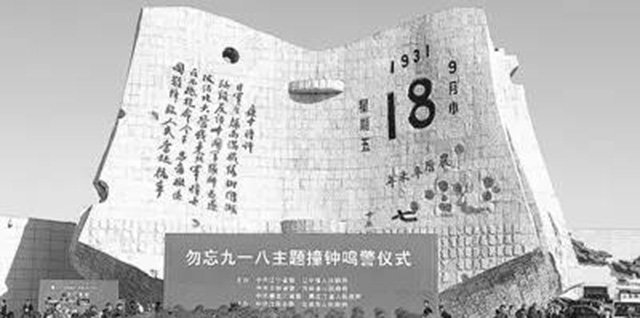
“此次的提法更改是一次修正,”李宗远说道。据他解释,如果说是抗战八年,那么1937年之前的六年抗战就被忽略了,如东北抗联和绥远抗战等。他认为,抗日战争是个渐进过程,将1937年作为抗战起点并不完全准确。
According to Li, the Communist Party of China (CPC) issued five documents to oppose the Japanese invasion immediately after the September 18 Incident, and declared war against Japan in April 1932. Li said the Museum of the War of Chinese People’s Resistance Against Japanese Aggression adopted the 14-year definition back in 2005, on the occasion of the 60th anniversary of the end of the war.
据李宗远介绍,中国共产党在“九一八事变”之后便立即发表了反对日本侵略的五个文件,并于1932年4月向日本宣战。李宗远表示,早在2005年抗战胜利60周年纪念日时,中国人民抗日战争纪念馆就已经采用了“14年抗战”的说法。
With regards to the history between 1931 and 1937, Chinese historians used to focus more on domestic issues, such as Soviet areas, encirclement campaigns and the Long March, Li said. Nowadays, however, scholars have revised their evaluation of anti-Japanese campaigns by the CPC and Kuomintang during this era.
李宗远表示,关于1931-1937年期间的历史,我国历史学家们先前更多地关注苏区、反“围剿”、长征等国内问题。而今,学者们对于中国共产党及国民党在这一阶段的抗战行为,修正了他们的评价。
查看更多关于【双语新闻】的文章